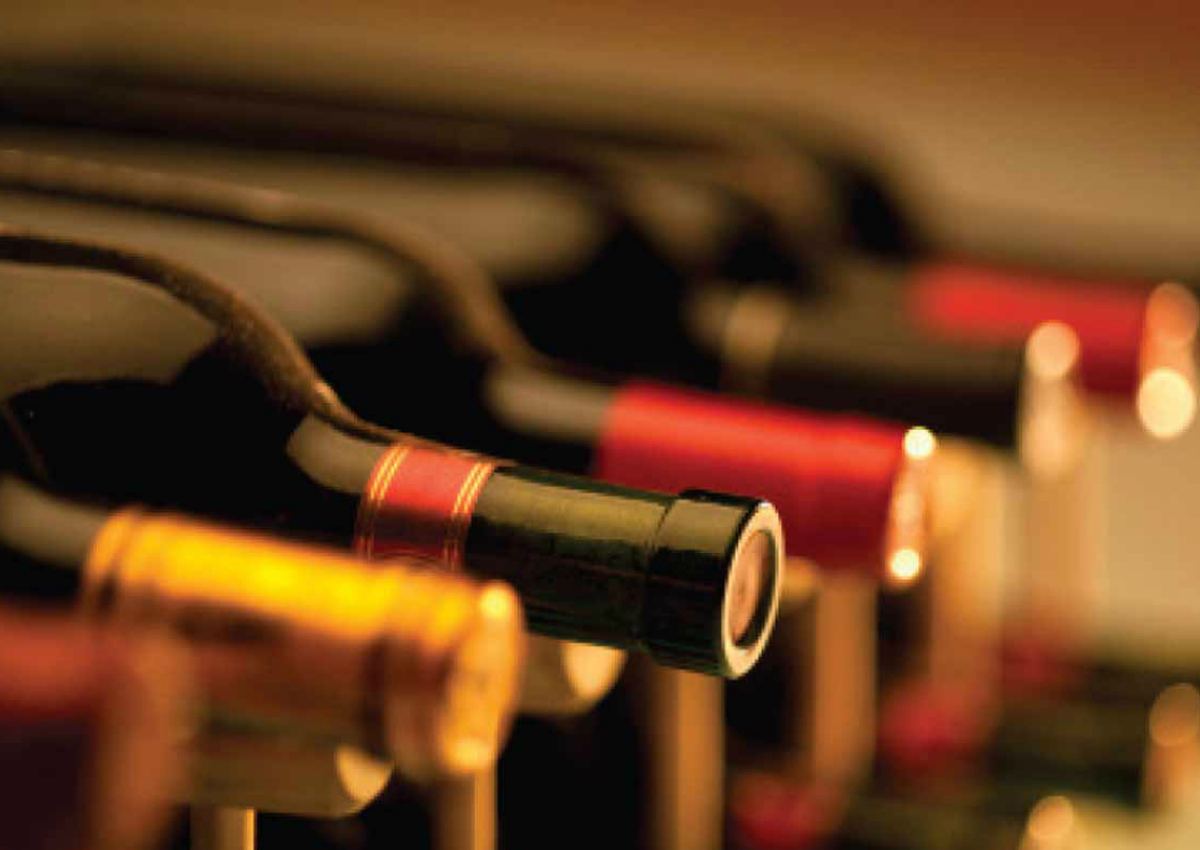
It’s a magical moment for Italian wine on the international market. Exports are over 5.6 billion euro, with a 4% increase from 2015. According to an Ismea analysis of Istat data, exports volume is also on the rise with just over 21 million hectolitres (+3%). It should be noted that compared to France and Spain, which are its main global competitors, Italy is alone in its positive change in terms of both export volume and respective income. It’s necessary though to mention that the overall performance, even though positive, does not allow for Italy to regain its position as world leader with regards to volume supply, as this still rests in the hands of Spain with 22.4 million hectolitres (-9% on annual base). The 2016 export values don’t even fully satisfy world production ambitions to reduce the gap with France that at this point is sailing on with profits over 8 billion euro (the figure from 2016 is 8.25 billion).
Those who rise and those who grow
There is a 9% increase of wine sales for wine packages over two litres. In other words, the combination of the bulk wine from tanks and boxed wine. From 2017 they will have a corresponding nomenclature code (CN) in order to distinguish them from the aforementioned bulk wine held in tanks. Negative news comes from bottled wine which is the “heart” of Italian exports with 49% of the volume and 65% of the sales. In 2016, this sector saw a decrease of 4.5% of its exports followed by a slight step backwards in nominal value as well. The decrease was above all registered for the PGI wine products and then followed by ordinary table wines. This is in contrast to a decisive increase of the varietal wines and a slight increase in the PDO ones.
Sparkling wines, the export stars
Sparkling wines deserve their own section as this is the third consecutive year where there has been a double digit increase in both volume and turnover, reaching new records. For the first time, the group of Italian bubblies has surpassed 3 million hectolitres of exports (+20%) for an equivalent of over 1.2 billion euro (+21%). Within the sparkling wine group, Prosecco is naturally the one that sets the trend with a +24% in volume and +32% in sales. Asti still seems to be going through a difficult phase but certainly less difficult than last year’s.
The main target countries
A weak, yet positive sign is coming from the countries in the EU that export to Germany, determined by an upswing in the bulk wine segment. Exports to France, thanks to bulk wine and sparkling wine, have increased 15%. Sales in the UK are also slowly growing regardless of the reduction in volume. Outside the EU, the United States has been confirmed as the main buyer of Italian wine in sales. In 2016, exports volume increased by 3% for a value of 1.35 billion euro (+6). The trend in both Canada and Switzerland for Italian wine is also positive.
The new emerging markets
China and Russia are among Italian wine’s main admirers as double-digit growth has been recorded in both countries. Italy comes in fifth place in the Chinese market’s sales ranking while in Russia its first place position is confirmed and it comes in second place for volume after Spain.
